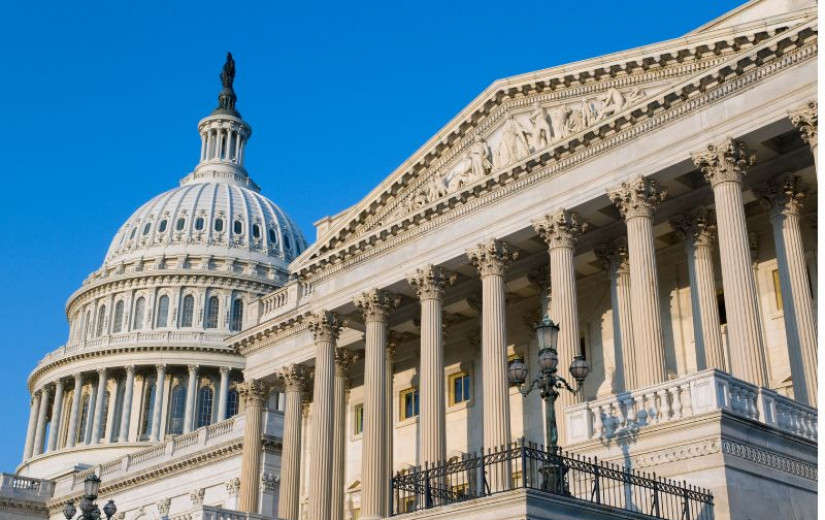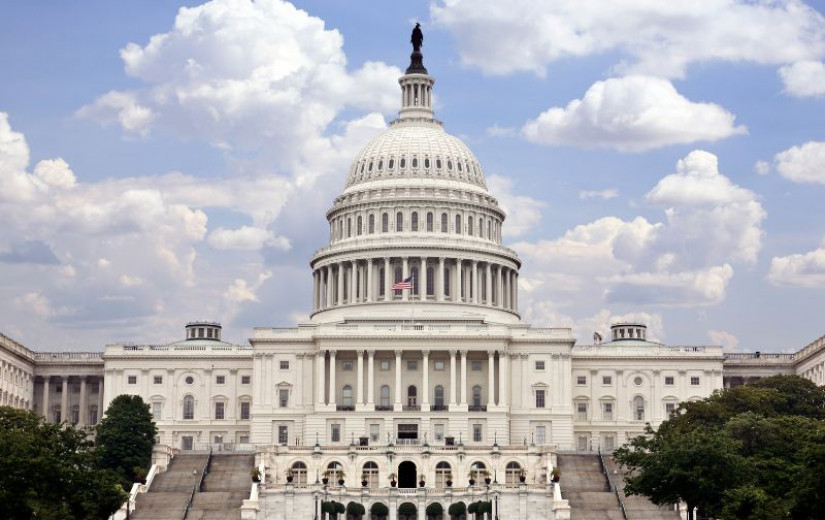
By Haley Zaremba - Nov 19, 2025, 4:00 PM CST
- Engineers at Rice University developed a cleaner method for recycling lithium from EV batteries by recharging waste cathode materials in a compact electrochemical reactor to produce high-purity lithium hydroxide.
- This new approach avoids the standard energy- and chemical-intensive processes like smelting or dissolving materials in highly acidic solutions, reducing waste and environmental impact.
- The innovation helps to address major drawbacks of current lithium supply chains, including geopolitical risks associated with China’s market dominance and the significant environmental cost of water usage and chemical pollution during extraction.

E-waste is a massive and rapidly growing issue as more and more of our electronic devices reach the end of their life and end up in landfills. Today, e-waste is the fastest growing solid waste stream on the planet.
Finding new ways to breathe life into old electronics or to harvest their valuable components for upcycling, such as costly metals and rare earth minerals, is not only critical to closing this wasteful loop, but could also be an enormous economic advantage for the tech manufacturing sector. One of these newest innovations tackles a huge and growing e-waste stream – electric vehicle batteries – to create a new lithium feedstock for a more cost-efficient and environmentally friendly approach.
In 2022, the world threw away 62 million metric tons of electronics, containing an estimated 1.1 billion kilograms of copper, 1.9 billion kilograms of nickel, and 1.1 billion kilograms of aluminum, according to the United Nations Global E-Waste Monitor. All of these are essential metals for clean energy technologies and infrastructure, whose extraction is costly and environmentally damaging. But only 20 percent of those billions of kilograms of metals were recovered, because the cost of recycling them remains higher than extracting new ones. “The scale of this waste, and its mismatch with current demand trends for the same materials, is staggering,” I wrote for an Oilprice report last year.
“It’s becoming increasingly acknowledged that robust recycling and waste management programs will be a necessary part of a safe, effective, and environmentally friendly renewable energy industry,” I reported for Oilprice in another article late last year. “However, private investments and public policy have made very little progress on actually solving the problem,” the article went on to say.
But scientists have continued to chip away at the problem, exploring new ways to recycle and upcycle e-waste in a cost-effective and commercially feasible way. In one of the most recent and promising of these innovations, a team of engineers at Rice University tweaked traditional methods of lithium recycling to find a cleaner approach to gleaning the “white gold” from used electric vehicle batteries.
Instead of using standard energy- and chemical-intensive processes of lithium recycling, which usually involve smelting or dissolving shredded battery materials known as “black mass” in highly acidic solutions, the team “has developed a cleaner approach by recharging the waste cathode materials to coax out lithium ions into water, where they combine with hydroxide to form high-purity lithium hydroxide,” according to a November report from Tech Xplore.
"We asked a basic question: If charging a battery pulls lithium out of a cathode, why not use that same reaction to recycle?" Sibani Lisa Biswal, chair of Rice's Department of Chemical and Biomolecular Engineering and the William M. McCardell Professor of Chemical Engineering, was quoted by Tech Xplore. "By pairing that chemistry with a compact electrochemical reactor, we can separate lithium cleanly and produce the exact salt manufacturers want."
Set OilPrice.com as a preferred source in Google here.
This method – recently published in the scientific journal Joule – could prove to be majorly disruptive for the industry, as current lithium supply chains are characterized by a number of critical drawbacks. Lithium supply is currently dominated by China, resulting in major geopolitical risks and pain points. China alone accounts for 85-90 percent of the world’s rare earth mine-to-metal refining, and its refineries supply 68 percent of the world’s cobalt, 65 percent of nickel, and 60 percent of EV-battery-grade lithium. As a result, three in every four EV batteries in the world are manufactured in China.
On top of concern that this unilateral control reduces supply chain stability and resilience, lithium extraction is also associated with major environmental and public health trade-offs. Extracting a single ton of lithium requires approximately 500,000 liters of water, and the chemicals involved in its extraction and refining can poison remaining water resources.
As such, closing the loop on lithium in EV batteries would have multiple synergistic benefits. "Directly producing high-purity lithium hydroxide shortens the path back into new batteries," said Haotian Wang, associate professor of chemical and biomolecular engineering and co-author of the Rice University study. "That means fewer processing steps, lower waste and a more resilient supply chain."
By Haley Zaremba for Oilprice.com
More Top Reads From Oilprice.com
- Sanctioned Serbian Refinery Fights for Survival With Urgent U.S. License Bid
- Global Oil Demand Surged in September
- Saudi Crude Oil Exports Soar to Seven-Month High

Haley Zaremba
Haley Zaremba is a writer and journalist based in Mexico City. She has extensive experience writing and editing environmental features, travel pieces, local news in the…










